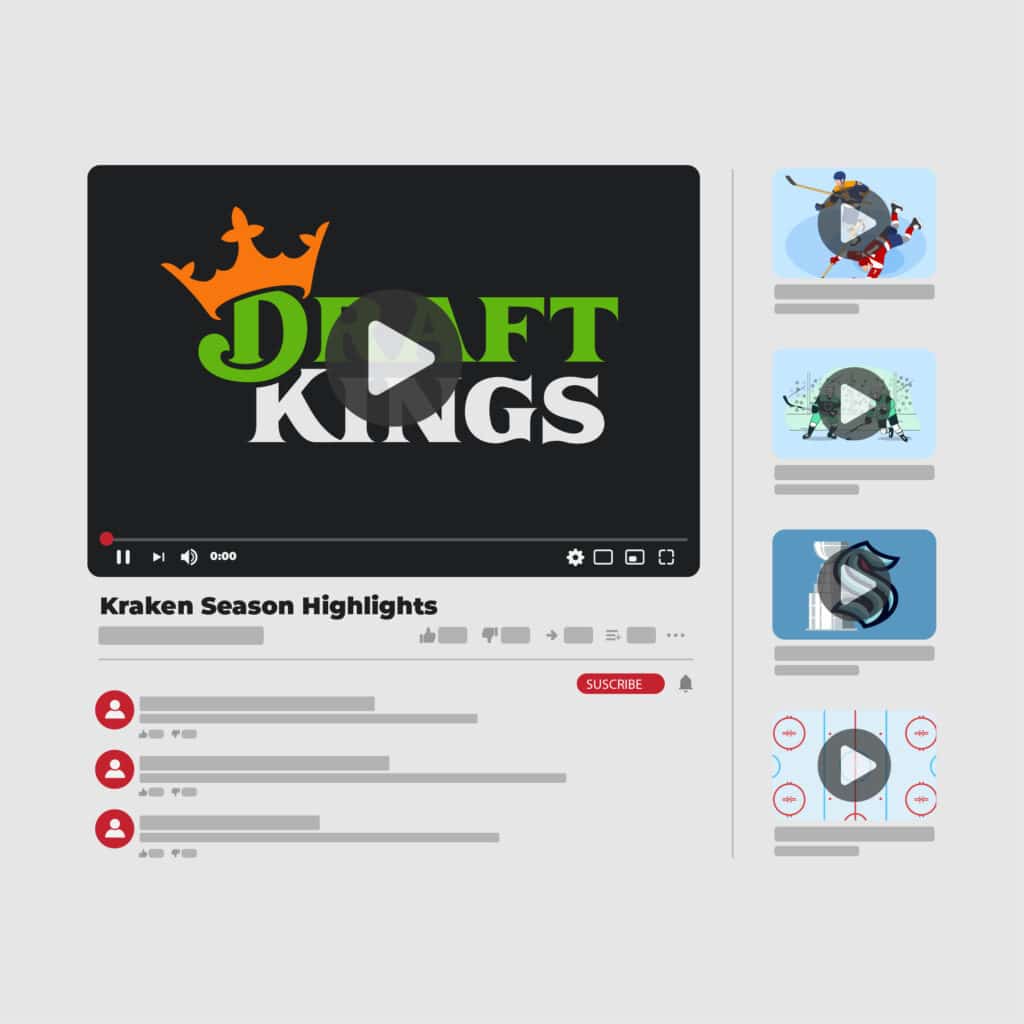Updated April 29, 2024.
In the ever-evolving world of digital advertising, a shift is on the horizon—the farewell to third-party cookies. Google originally announced the depreciation of third-party cookies in 2020 but has postponed it again to 2025 amid challenges, giving websites more transition time. While 2025 might seem far away, it will be here before we know it!
It’s clear that we’re at the threshold of a new era in data-driven marketing. If you’re wondering how this change might impact your marketing strategies or are unsure how to prepare for this change, then this article is for you!
Let’s dive in!
The cookie crumbles
Third-party cookies—those small pieces of code that track your online behavior across different sites—are facing a slow death due to privacy concerns and regulatory changes. For decades, cookies have been used to track users across the web, allowing marketers to target them with relevant ads and measure the effectiveness of their campaigns, and soon that will be gone.
This has left businesses, advertisers, and marketers in a state of uncertainty. The cookie, once the cornerstone of online advertising, is crumbling away, and no one is quite prepared for its departure.
The first-party data frenzy
In preparation for the end of third-party cookies, businesses have initiated a frenzied quest to gather more first-party data. First-party data is derived directly from interactions with users on your own digital properties, for example, if a user engages with content on your website. This is the most valuable type of data for businesses because it’s accurate, reliable, and owned by the business itself.
Companies are investing heavily in strategies to encourage users to willingly share their data in return for personalized content, loyalty programs, newsletters and interactive experiences. Another reason why collecting first-party data is so important is through PAIR, a new solution from Google that allows advertisers and publishers to securely share first-party data. PAIR benefits both advertisers and publishers, as it allows advertisers to show more relevant ads to their target audiences and publishers to earn more revenue. It is also privacy-preserving, as it does not allow for tracking people across the web.
This shift represents a pivot towards building more direct and meaningful relationships with users rather than relying on third-party data brokers.
The world of contextual targeting
As marketers, we’ve all heard buzzwords like “contextual targeting,” “AI-powered personalization,” “consent-driven marketing,” and more. But what do they mean? And why are they important with cookies going away? Don’t worry, we will hit on all these buzzwords.
With cookies going away, building relationships with your customers and understanding their intent will be the future for driving successful marketing strategies. Contextual targeting (buzzword 1) is a strategy that relies on the content of the web page, rather than user data, to display a relevant promotion to a user at the right time. For example, an ad displaying an offer on ‘how to bet on the Seahawks’ will work best on an article about Seahawks stats and predictions. This will become the primary way of building these important relationships.

Enter content automation
Building relationships with users, running consent-driven campaigns, and contextually targeting them in a meaningful way are all essential for marketers today. However, doing this with one user, let alone millions of users, is incredibly hard. This is why marketers need to be at the forefront of ways to automate and scale their strategies.
Enter content automation. Content automation, powered by artificial intelligence (AI) and machine learning, is a multifaceted approach to content creation and delivery. It involves using algorithms to generate, personalize, and distribute content at scale, all while maintaining quality and relevance–creating AI-powered personalization (buzzword 2).
AI personalization is transforming the way businesses engage with their audiences, and here’s how:
Personalization at Scale
One of the key challenges in post-cookie marketing will be delivering personalized content without relying on extensive user tracking. Content automation bridges this gap by analyzing available data, such as website behavior, demographics, and purchase history, to tailor content to individual preferences.
By understanding user behavior and intent, businesses can create customized experiences that are more likely to engage and convert customers without compromising privacy.
Streamlined Content Production
Even for the most mature organizations, consistently producing high-quality content can be time-consuming and resource-intensive. Producing content at the speed necessary to keep up with demand is always a race against time.
Content automation tools streamline this process by automating repetitive and time-consuming tasks such as content creation, curation, and distribution. This frees up marketers to focus on the strategy and creative aspects of content marketing, so they can build better relationships with audiences.
Data-Driven Insights
Content automation doesn’t just stop at content creation; it also provides valuable data-driven insights. AI algorithms are used to analyze user engagement data, such as website traffic, click-through rates, and social media engagement (just to name a few). Marketers can then use that data to segment audiences, determine what content is resonating with users, and measure campaign performance.
Adapting to Dynamic Environments
The digital landscape is constantly evolving. With content automation, businesses can quickly adapt to changes in consumer behavior, industry trends, and even regulatory updates. This flexibility ensures that marketing efforts remain agile and effective in an ever-changing environment.
Video: a rising star
Video advertising has emerged as a rising star in advertising, offering an alternative channel that doesn’t require cookies to effectively target and engage audiences. With the continued growth of platforms like YouTube, TikTok, and streaming services, video content has become a powerful tool for marketers, providing a rich canvas for storytelling and engaging viewers.
For example, if you’re watching a YouTube video about “Kraken season highlights”, you’ll likely see an ad for a streaming app or sports betting service. This is because video advertising can be targeted based on the content of the video, which is a more contextual and privacy-friendly approach than cookie-based targeting.

Data Skrive: a different approach
Data Skirve is already thriving in a cookie-less world. How are we doing this? We’ve cracked how to scale contextual targeting and content automation to reach audiences that help bolster consent-driven marketing (buzzword 3). What do we mean by that?
Data Skrive stands out as a unique player in the game, and unlike traditional advertisers who rely heavily on third-party data, we specialize in content optimization leveraging AI-driven solutions. Our innovative approach doesn’t rely on invasive tracking techniques or cookies but instead focuses on understanding the audience’s intent through the content they consume.
Data Skrive leverages generative AI, natural language processing, and machine learning to create and optimize content that resonates with audiences, without infringing on privacy concerns. This approach empowers businesses to reach their target audiences effectively while respecting their privacy–which is increasingly crucial in today’s landscape.
Audiences self-select into buckets based on the type of content they consume. Our partners and customers surface educational, informative, and fun content to build relationships with their users and earn their consent to click on CTA links. In return, this can lead to increased revenue, subscriptions, and more.
Putting it all together: the future of post-cookie marketing
Third-party cookies are going away. It’s happening, and we all have to deal with it. We need to prepare for a new era of marketing, and businesses that embrace content automation are likely to have a competitive advantage in the post-cookie era.
However, it’s essential to approach automation with a focus on ethical data use and user privacy. Maintaining trust with consumers will be more critical than ever, and companies who prioritize an ethical approach to automation will be well-positioned to succeed in the future.
While the farewell to cookies may feel a ways off, it will be here before we know it.
About Data Skrive
Data Skrive is revolutionizing how the world’s leading sports, media, and betting brands drive fan engagement through online content. With our nationwide Fan Engagement Network, sponsors can directly interact with sports fans through captivating, relevant, and SEO-friendly content that fosters loyalty, encourages repeat visits, and improves engagement. For more information, email us at info@dataskrive.com. For press inquiries, email press@dataskrive.com.



